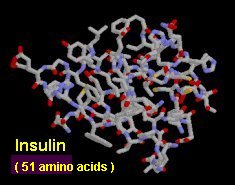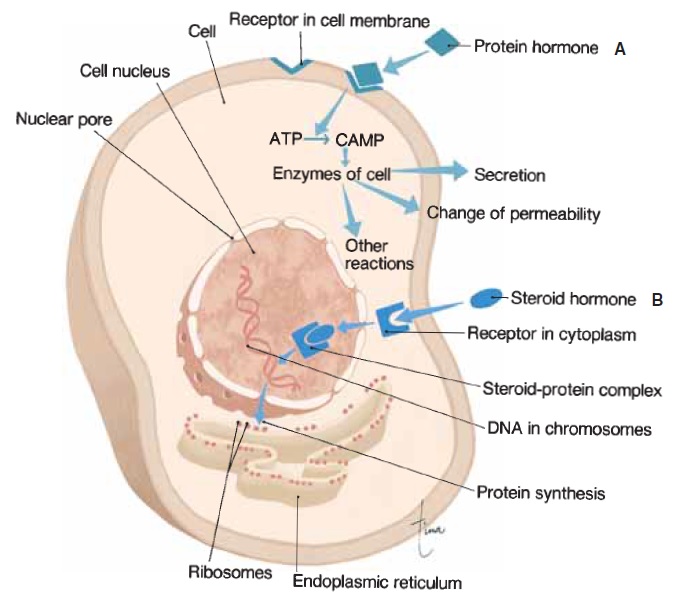

Since the ligand binding sites are highly specific, GPCRs have been heavily exploited as drug targets. G protein activation triggers various signaling cascades to mediate physiological processes. Despite the diversity, GPCRs share a general mechanism of activation that begins with ligand binding, which causes conformational rearrangements in the seven-transmembrane (7TM) domain that activate the G protein in the cytoplasmic region.

These extracellular signals range from photons and small molecules to hormones and proteins, indicating the structural and functional diversity of over 800 different GPCRs ( Lagerstrom and Schioth, 2008). All GPCRs share a common seven-transmembrane topology, and mediate cellular responses through interactions with a variety of extracellular signals. G protein-coupled receptors (GPCRs), which form the largest protein superfamily of the vertebrate genome, play an important role in signal transduction by detecting extracellular stimuli and activating intracellular downstream pathways (Figure 1 Fredriksson et al., 2003). This review summarizes the current knowledge of the signal transduction mechanism of family B GPCRs at the molecular level and comments on the challenges and outlook for mechanistic studies of family B GPCRs. Moreover, biophysical and biochemical methods have been used to explore functions, key residues for signaling, and the kinetics and dynamics of signaling processes. However, structures of key domains, including the extracellular ligand binding regions and seven-helical transmembrane regions, have been solved by X-ray crystallography and NMR, providing insights into the mechanisms of ligand recognition and selectivity, and helical arrangements within the cell membrane. Currently, there is no crystal structure available of a full-length family B GPCR. Despite their importance, the molecular mechanism of activation of family B GPCRs remains largely unexplored due to the challenges in expression and purification of functional receptors to the quantity for biophysical characterization. Family B GPCRs are drug targets for developing therapeutics for diseases ranging from metabolic to neurological disorders. 2Department of Chemistry, Yale University, New Haven, CT, USAĪlthough family B G protein-coupled receptors (GPCRs) contain only 15 members, they play key roles in transmembrane signal transduction of hormones.1Department of Molecular Biophysics and Biochemistry, Yale University, New Haven, CT, USA.Culhane 1 †, Yuting Liu 2 †, Yingying Cai 2 and Elsa C.


 0 kommentar(er)
0 kommentar(er)
